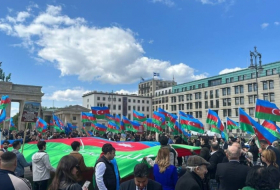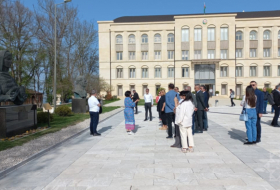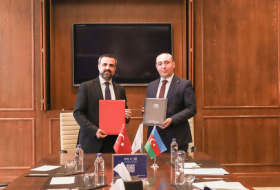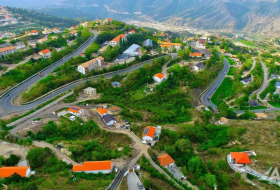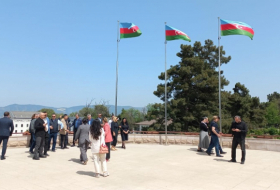24 years passed since occupation of Azerbaijan`s Khojavand region by Armenians
.jpg)
Khojavand district was established on the base of the Martuni and Hadrut districts after the Nagorno-Karabakh Autonomous Region was abolished on 26 November 1991. With a total area of 1,460 square kilometers and a population of 42,400 people (1 March 2013), Khojavand is situated 334 kilometres from Baku. Khojavand district connects one city (Khojavand), 2 towns (Hadrut and Qirmizi Bazar) and 81 villages.
Azat trees – with an average diameter of 24cm, 12 meters of height, and a life cycle of 100 years – used to be protected in Khojavand’s Garakend village. The forest of azat trees (recorded in Azerbaijan’s Red Book) covers 0.5ha area and is relict species from the third period.
The 1.5 million-year-old Azikh cave and the ancient Taghlar cave near the Salaketin village, Ritish Castle dating back to V-VIII centuries in the Tugh village, Ergunesh Castle situated on the hill-side of the Ergunesh Mount, the Tomb of Rzaqulu Bey (XIII century) near the Dudukchu village, the Ashiqli Qosha dome near the Khojavand village, the Alban temple (1241) in the Boyuk Taghlar village, and the Qirmizi temple historical architectural and art monuments dating back to X century in the Tugh village are all situated in Khojavand district.
During the Karabakh War which began in February 1988, 145 people – among them 13 women and 13 children – were martyred in Khojavand district. The district was occupied by Armenian armed forces on 2 October 1992.









